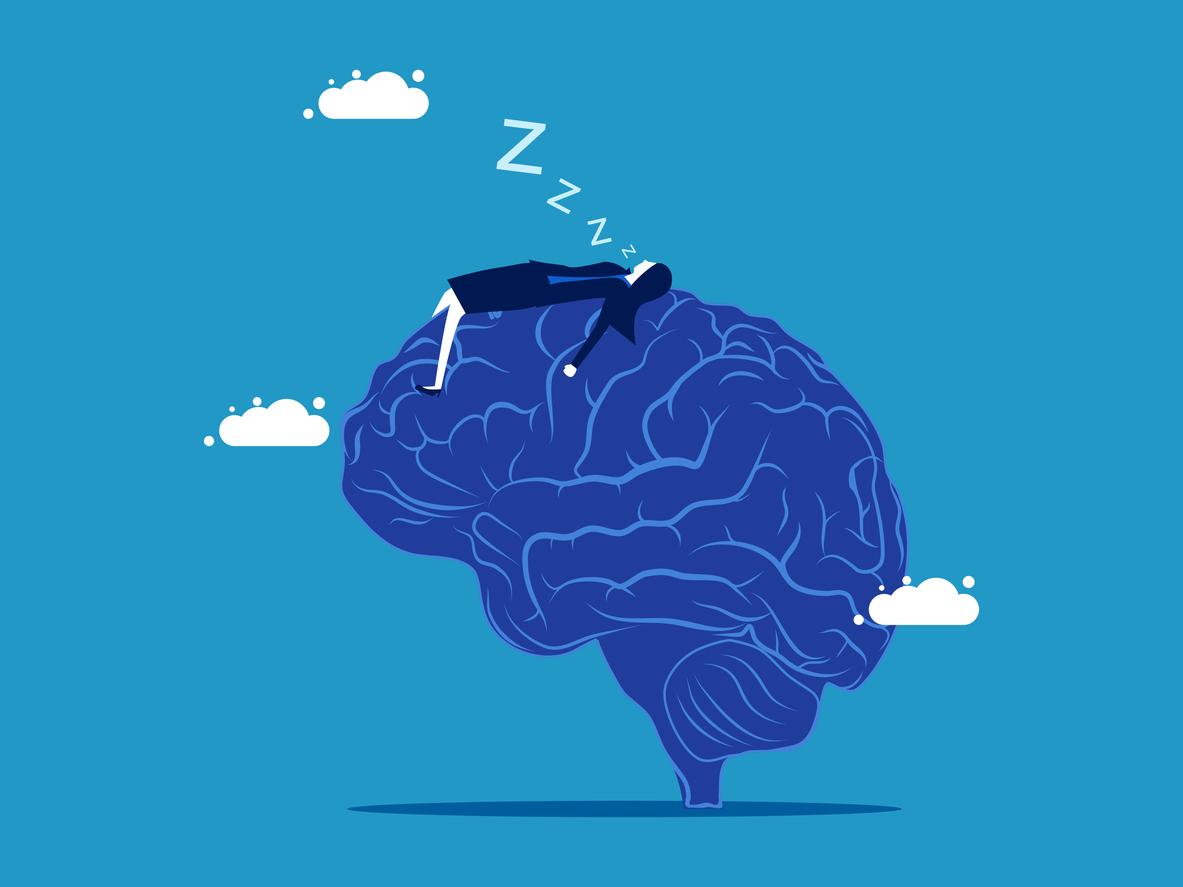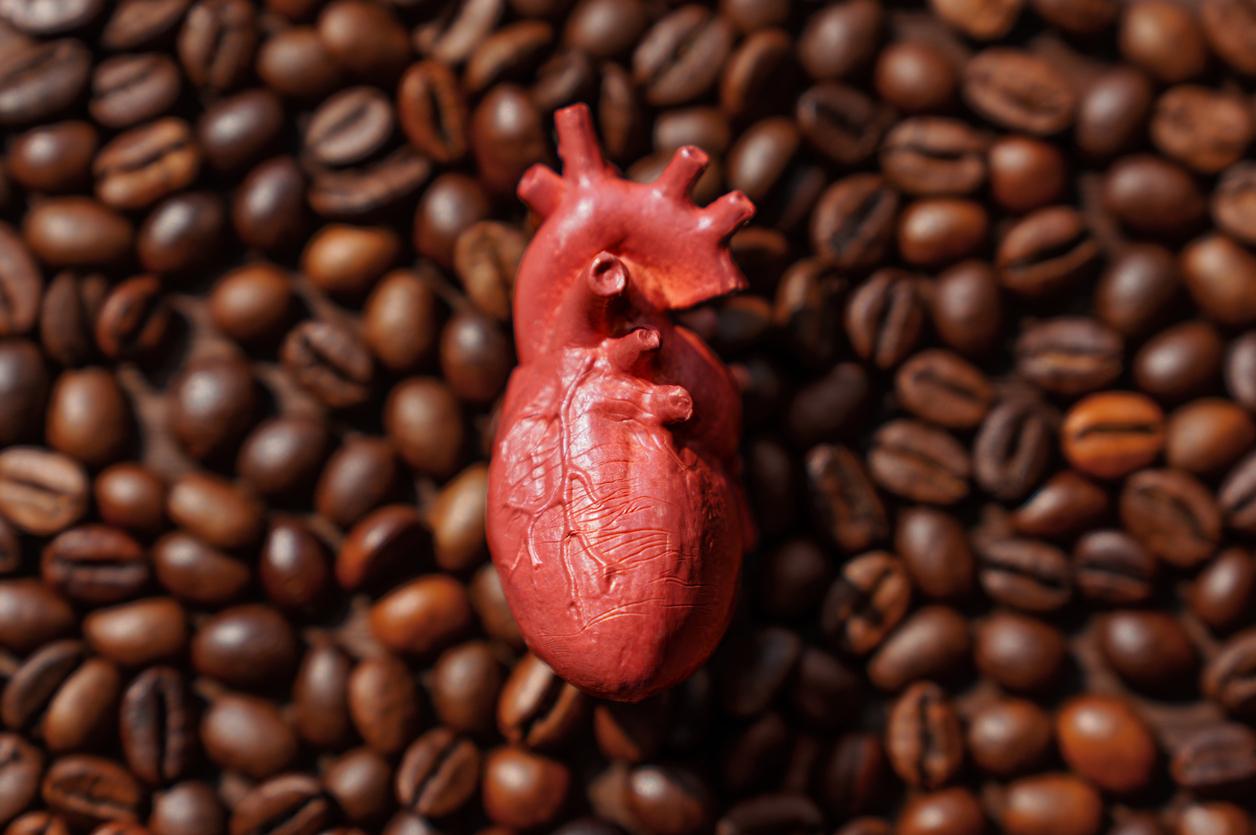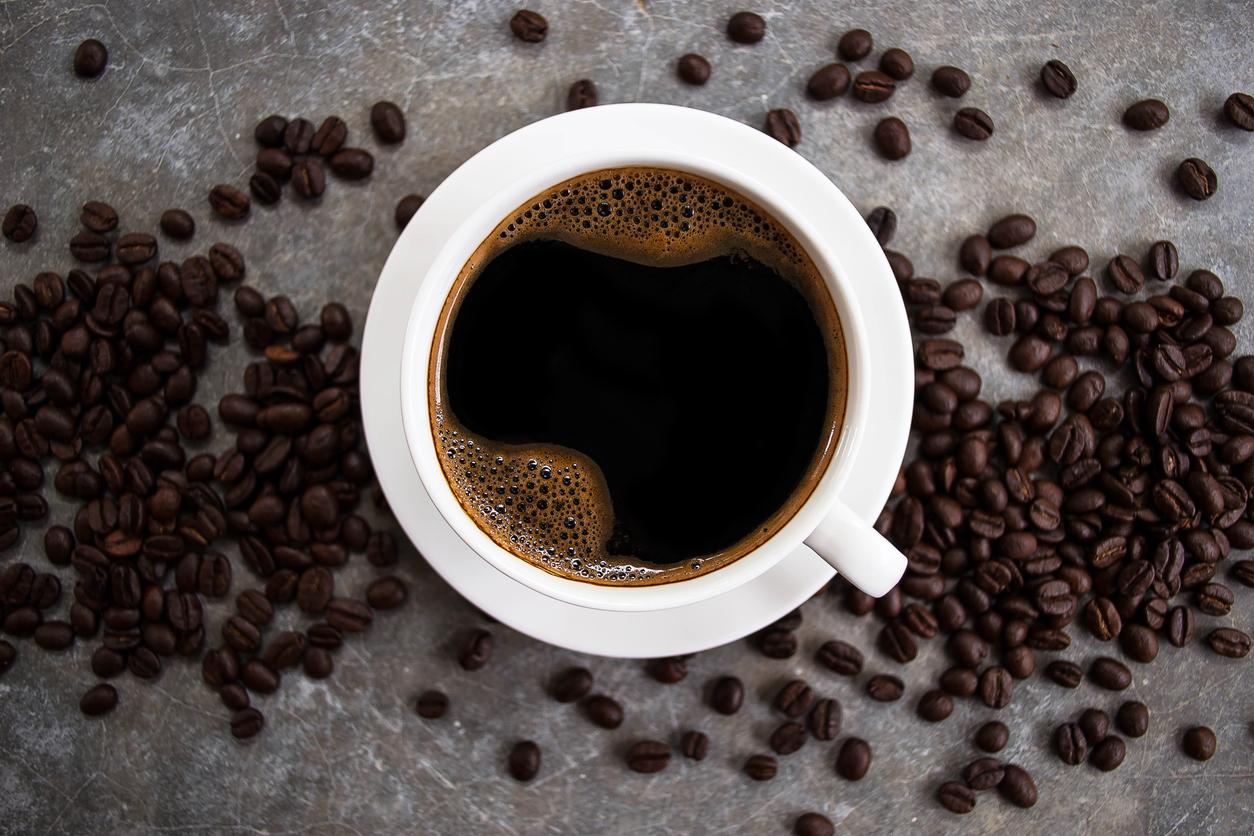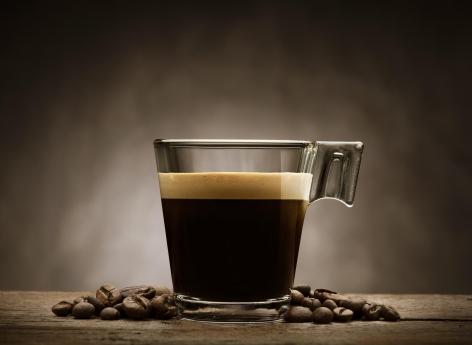Adolescents who drink high-caffeine drinks are 2-3 more likely to use alcohol, tobacco, or street drugs.

So-called “energy” drinks have become part of the consumption habits of young people. One in three American teenagers consumes these high caffeine drinks like Red Bull, Monster or Burn. The figures come from a team of researchers at the University of Michigan’s Institute for Social Research, which tracks the eating and health behaviors of 22,000 high school students (Monitoring the Future). According to the analysis of the questionnaires sent to these adolescents, 30% say they consume energy drinks containing caffeine. Consumption was higher for boys than for girls. Another indication: they are used more by children from single-parent families, or whose parents have a low level of education.
The study also highlights a strong link between the consumption of “energy” drinks and the consumption of alcohol, tobacco and other illicit drugs. “Consumers of caffeinated beverages report two to three times the consumption of alcohol, tobacco and illicit drugs,” said Prof. Yvonne M. Terry, lead author of the study published in the journal of the Society. American addictology.
This study confirms the concerns of health authorities, such as the National Food Safety Agency (ANSES) in France, which called for vigilance last October. Because the phenomenon is not only American: a year ago, a study carried out by the European Food Safety Agency (EFSA) showed that 30% of adults drank it, 68% of 10-18 year olds, and even 18 % of children aged 3 to 10 … In his opinion published last autonme, ANSES had analyzed 257 cases of adverse effects and searched the international literature. A 16-year-old girl, who died just after stopping dancing in a nightclub, had consumed these drinks and alcohol. These cardiovascular accidents occur “very likely” in genetically predisposed subjects had indicated the experts. But, other side effects have been reported such as panic attacks, or extreme nervousness, or even epileptic seizures.
.

















